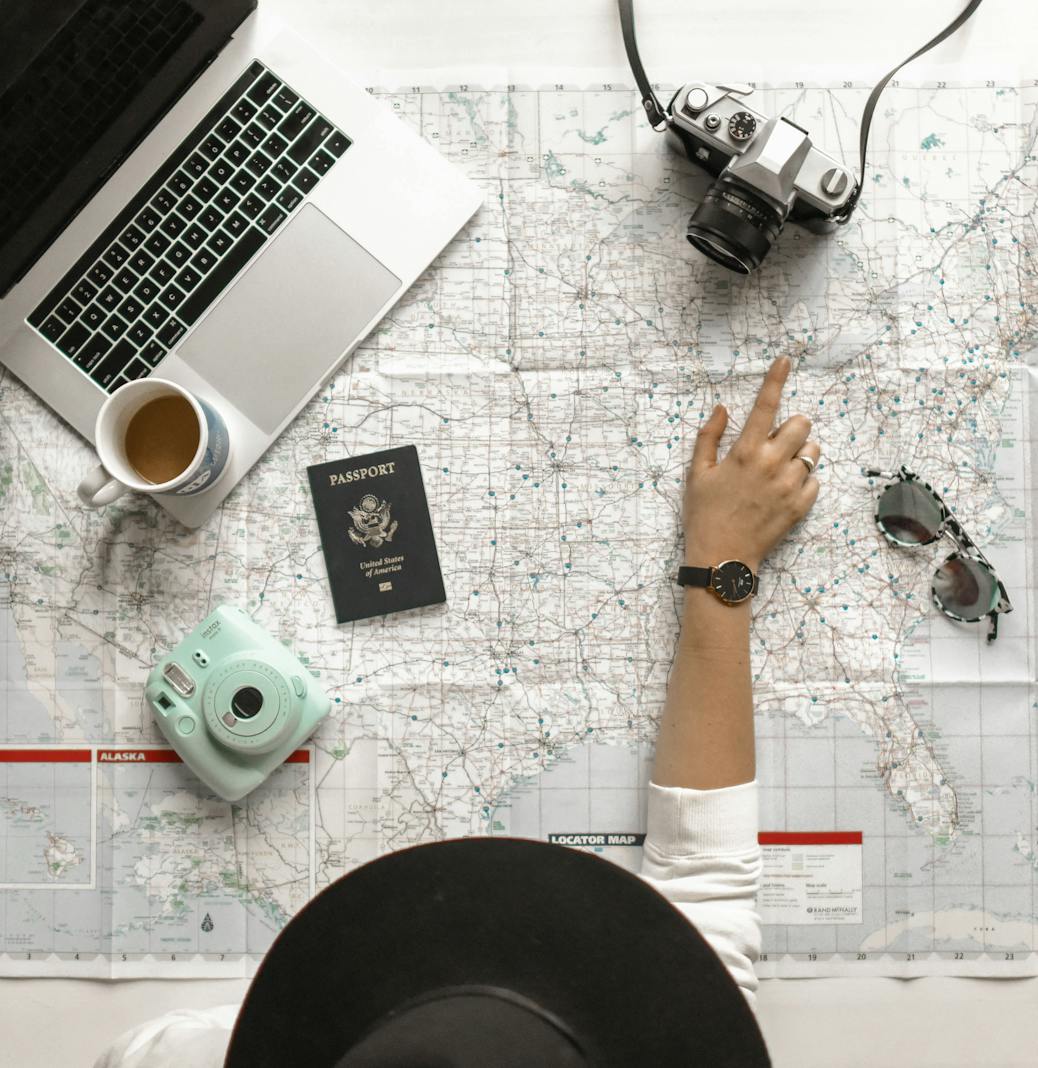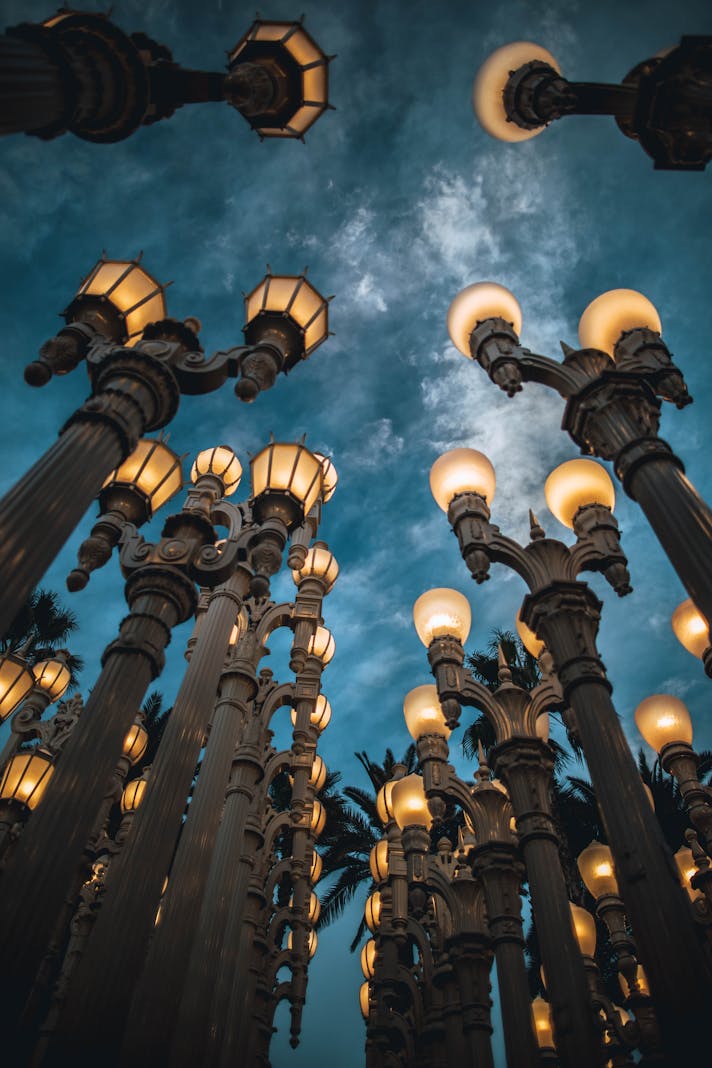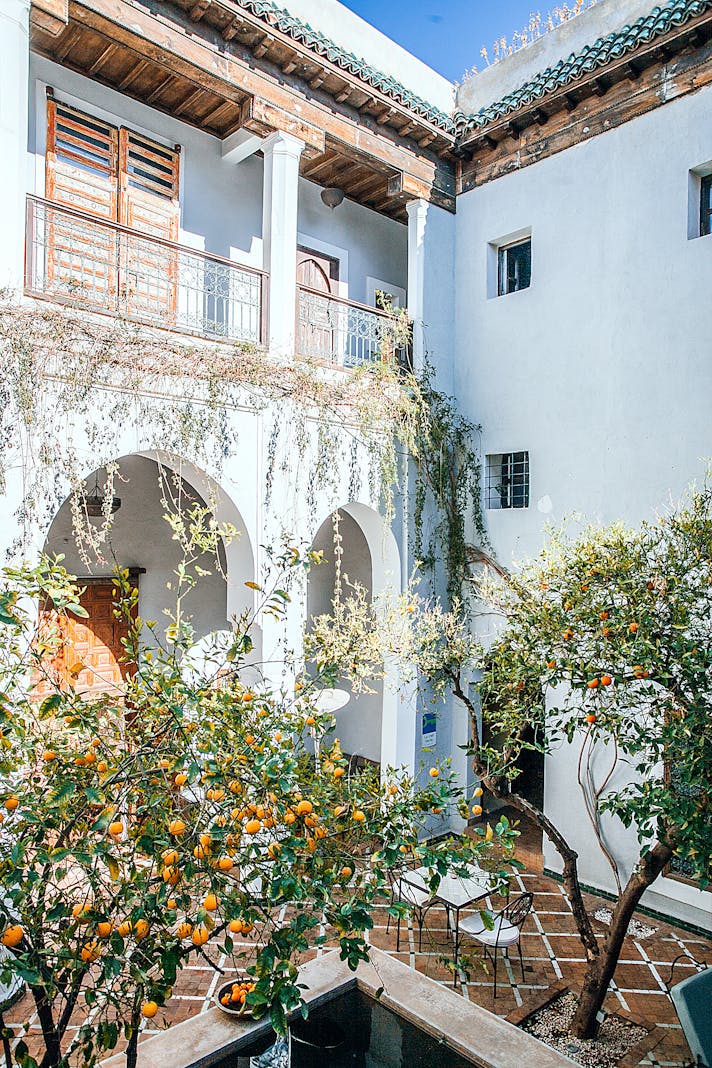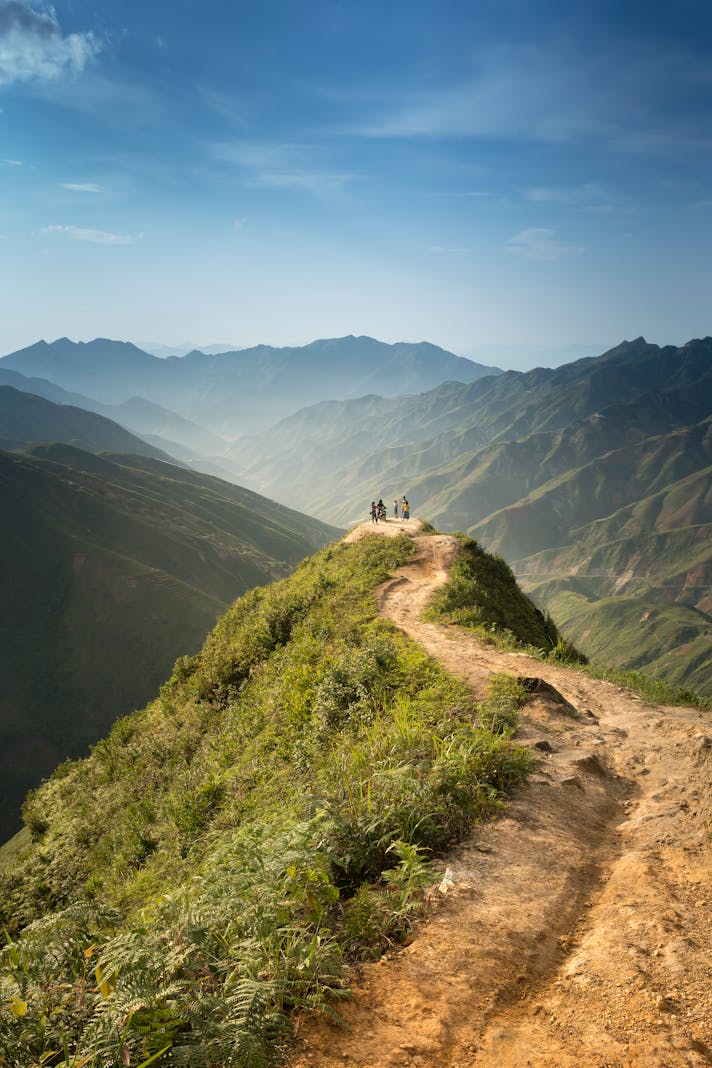Pasadena's Suicide Bridge

In 1912, to improve the flow of traffic, the architecturally distinctive Colorado Street Bridge was built on the northern edge of the Arroyo Seco, a wide flood plain separating Pasadena from the Eagle Rock neighborhood of Los Angeles. Construction did not go smoothly; one of the laborers apparently fell to his death into the concrete below the structure. Urban legend holds that his ghost has never left the site, waiting for some kind of assistance in traversing the worlds of the living and dead. While it remains on this side of the barrier, the ghost calls to others in crisis, tempting them to repeat his fall. Two decades after the initial death, the multitude of people jumping from the structure led to the nickname “Suicide Bridge.”
The first suicide occurred in 1919. During the Great Depression, newspapers filled with tales of those who jumped to their deaths after undergoing great financial challenge. As part of the famed “Route 66”, the bridge was driven by cars filled with immigrants from other states, searching desperately for a better life, some of whom gave up and leaped from the bridge to the riverbed below. In 1937, a woman actually threw her baby from the heights before jumping herself; due to a great miracle, the baby survived the ordeal which killed her mother. In 1993, bridge reconstruction included barriers designed to prevent suicides; these helped but did not fully stem the tide of those choosing death at this picturesque place.
The spirits of those who took their own lives are said to still haunt the bridge. Some of them are peaceful, if confused, wandering the area; a man wearing spectacles and a woman in a white bathrobe are two commonly seen ghosts. Others are angry, perhaps even vengeful; cries and yelling have been heard in the night. Homeless people camping in the shelter of the structure have reported seeing unusual shadows and dancing lights, as well as hearing complete phrases seemingly uttered by the deserted trees and chaparral. Paranormal researchers report strong energy variations both on the bridge and in the riverbed below.
Those interested in exploring the bridge can easily do so. One end begins just west of the Norton Simon Museum, just west of the intersection of Colorado Boulevard and Orange Grove. The bridge has one lane going in each direction, and allows for picturesque views from the front seat of a car, especially at night when the early twentieth century lighting provides a glimpse into days gone by. One can walk the pedestrian path as well, allowing for longer views and a less obstructed connection to the area. Hiking trails and walking paths meander underneath the structure as well. If you dare, go after dark; whether you should bring an Ouija board is of course up to you – but keep in mind that many aver that the sightings are real, sometimes viciously evil, and that you run the risk of spirit possession if you play games with the ghosts. Do you believe? The bridge stands there, a sentinel to the sad endings of many who lived and passed through the area.
The first suicide occurred in 1919. During the Great Depression, newspapers filled with tales of those who jumped to their deaths after undergoing great financial challenge. As part of the famed “Route 66”, the bridge was driven by cars filled with immigrants from other states, searching desperately for a better life, some of whom gave up and leaped from the bridge to the riverbed below. In 1937, a woman actually threw her baby from the heights before jumping herself; due to a great miracle, the baby survived the ordeal which killed her mother. In 1993, bridge reconstruction included barriers designed to prevent suicides; these helped but did not fully stem the tide of those choosing death at this picturesque place.
The spirits of those who took their own lives are said to still haunt the bridge. Some of them are peaceful, if confused, wandering the area; a man wearing spectacles and a woman in a white bathrobe are two commonly seen ghosts. Others are angry, perhaps even vengeful; cries and yelling have been heard in the night. Homeless people camping in the shelter of the structure have reported seeing unusual shadows and dancing lights, as well as hearing complete phrases seemingly uttered by the deserted trees and chaparral. Paranormal researchers report strong energy variations both on the bridge and in the riverbed below.
Those interested in exploring the bridge can easily do so. One end begins just west of the Norton Simon Museum, just west of the intersection of Colorado Boulevard and Orange Grove. The bridge has one lane going in each direction, and allows for picturesque views from the front seat of a car, especially at night when the early twentieth century lighting provides a glimpse into days gone by. One can walk the pedestrian path as well, allowing for longer views and a less obstructed connection to the area. Hiking trails and walking paths meander underneath the structure as well. If you dare, go after dark; whether you should bring an Ouija board is of course up to you – but keep in mind that many aver that the sightings are real, sometimes viciously evil, and that you run the risk of spirit possession if you play games with the ghosts. Do you believe? The bridge stands there, a sentinel to the sad endings of many who lived and passed through the area.
You Should Also Read:
Ghost Stories of California
The Norton Simon Museum

Related Articles
Editor's Picks Articles
Top Ten Articles
Previous Features
Site Map
Content copyright © 2023 by Korie Beth Brown, Ph.D. . All rights reserved.
This content was written by Korie Beth Brown, Ph.D. . If you wish to use this content in any manner, you need written permission. Contact Korie Beth Brown, Ph.D. for details.







